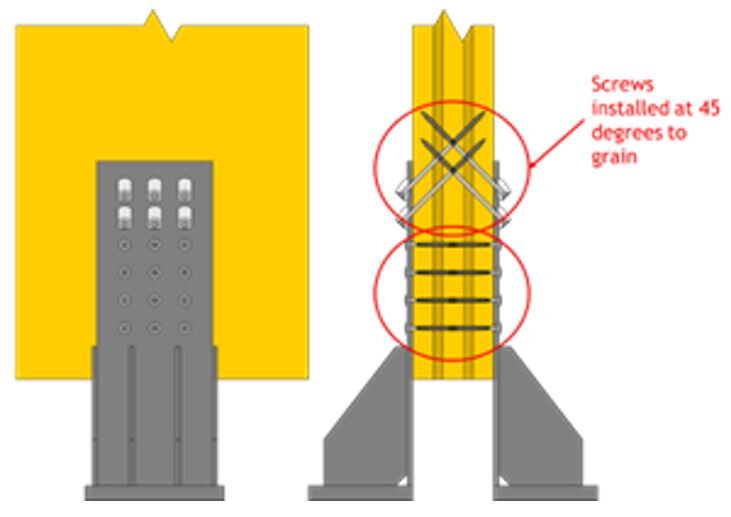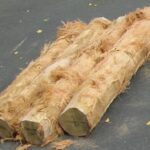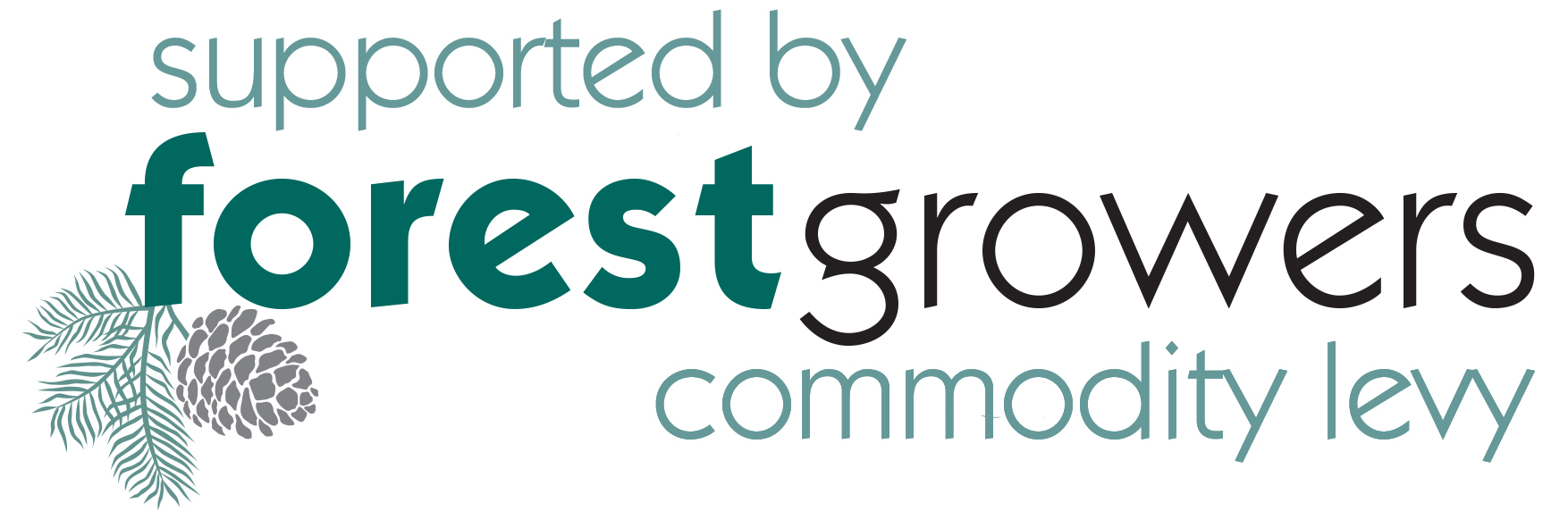Forest Growers Newsletter – August 2021
Register now for the annual Forest Growers Conference
19th – 21st October 2021
Registration for the annual Forest Growers Conference is now open. Signing up is quick and easy and we certainly appreciate people registering early, as it is a huge help for our planning processes. Occurring in Nelson on the 19th-21st of October, this year’s conference will include among others, presentations on the latest science around climate change, disease control and tool development, while also exploring important topics such as forest productivity, alternative species, wood quality and new processing opportunities. As with prior years, we will also be visiting local forestry sites as part of the three-day event. This year Nelson Pine Industries have kindly agreed to host a tour of their innovative wood processing facility and we will be joining Tasman Pine at their Pigeon Valley site, where we will hear about the immediate- and post-fire responses to New Zealand’s largest wildfire event. If you’re interested in attending but would like more detailed information about the conference then click on the following link to see the detailed conference programme. In addition, and to showcase our innovative research to as many people as possible, this year’s conference registration fees have been significantly reduced, which we hope will encourage small and large growers, consultants and contractors alike, to attend.
Updated Redwood Growth Calculator
Forest Growers Research is pleased to be able to announce the release of an updated Redwood Growth Calculator. This was part of a broader Scion initiative guided by The New Zealand Redwood Company to improve productivity predictions of redwood based on the latest available growth data. The redeveloped growth calculator now uses a far larger set of plot data, spanning a wide range of regions and stand ages. Using this updated tool ensures that your results are based on the most up-to-date science.
Future Research into Alternative Species
In May, a group representing small and large forest owners, research partners, wood processors and government met in Wellington to discuss the potential for alternative species in the creation of high worth value chains. The purpose of this workshop was not to “pick winners” or identify solutions, rather it was to get a renewed perspective on the blocking conditions and where to invest in order to realise the potential of alternative species. The summary slide from the workshop is available and will be further socialised at our annual research conference as well as via Farm Forestry and Forest Owner Forums. Once refined, the areas identified as being of high priority will be used to independently review suitable candidate species as a way of highlighting knowledge gaps and identifying areas of shared investment interest, particularly from research partners and government.
Understanding building system performance

Understanding how our alternative species perform in a variety of settings and formats is an important part of creating added value for these species. Recent stress testing of Douglas-fir CLT (cross laminated lumber) connector types found that steel hold-down brackets with mixed angle self-tapping screws provided an effective solution which is able to provide high strength, high stiffness and sufficiently ductile responses to simulated earthquakes. (see picture right)
These hold-down connections can also be repaired after simulated earthquake damage to deliver the same strength as the original connection. Importantly, this finding would indicate that building remediation after an earthquake event has the potential to be much faster and cheaper than traditional building systems.
Specialty Wood Products
A study has shown that the decay resistance (not just extractive content) in durable eucalypts could be assessed rapidly and efficiently using NIR technology for genetic selection. These results confirm that ongoing NIR assessments in the breeding programme to improve timber durability (a key trait for the species) will be successful. This technique should also allow higher durability to be achieved at younger ages, compared to an unimproved genetic base.
Douglas-fir CLT tests show that screw connections were able to be repaired following an earthquake. Repair methods had broadly similar behaviour to the original connection. These connection results provide valuable technical information for engineers to design mass timber structures utilising Douglas-fir CLT in the lateral load resisting system to resist seismic loads.
Douglas-fir strategy work showed that the lowest risk, lowest cost option was log export. Dfir log supply could be smoothed and give more confidence longer term to processors by co-processing with radiata and/or lifting rotation age. This completes the contracted work in Douglas-fir processing strategy area. The Douglas-fir growers will need to consider the suggested options to improve the consistency and sustainability of log supply to build confidence to encourage Douglas-fir processors.
Taking advantage of natural durability
As noted above, an important ambition of the Specialty Woods Partnership programme is to determine wood performance in a variety of applications. Utilising durable Eucalypt species as an environmentally friendly alternative to chemically treated Radiata has been identified as an application of interest. Understanding how to best produce posts from these species is an important part of assessing their suitability so a feasibility study for peeling posts from naturally durable eucalypt logs was trialled. Two different post producing mills (Posh and Morbark) were tested with three different species (E. bosistoana, E. quadrangulata and E. globoidea). It was found that the sapwood could be easily and cleanly removed from debarked logs. However, bark on the logs could cause issues, especially for the E. globoidea which has very thick bark. This could block the machine and require frequently cleaning. It is recommended that debarking be done prior to post manufacture required depending on species and machine type used. The photo below shows E globoidea logs after two passes through Posch machine (note some bark still remaining).
Embracing the potential of augmented reality
Over the past year, Scion has been working with harvest equipment manufacturer Waratah NZ Ltd and digital tech developer StaplesVR to create an augmented reality (AR) solution to minimise downtime and the potential for maintenance incidents during in-field maintenance of the Waratah Harvester Head. In this application augmented reality technology superimposes digital information on top of real-world images (such as a harvester head), to guide operators during machine maintenance processes, providing a more intuitive alternative to working with written service manuals. This exciting innovation is relatively new for forestry but has been widely deployed in the aviation industry and represents an exciting new tool for managing complex processes, such as repairs and maintenance of heavy machinery.





Greetings from Bart
August marks an important period for Forest Growers Research, as we look toward 2022 and review existing and new research proposals. As with previous years, 2021 marked the completion of several of our longer-term research programmes, most notably the MBIE-funded, Winnings Against Wildings and Extreme Fire, Endeavour Programmes. These 5-year programmes have delivered significant advances in our knowledge around smoke and fire behaviour, as well as the potential for gene editing and the control of Wilding conifer spread. Encouragingly, the research teams have submitted new proposals for a continuation of this work, which were both ranked highly in MBIE’s science excellence review, and we wish them all the best for a successful result when funding outcomes are announced in September 2021.
In the coming year, the more applied Specialty Woods MBIE Partnership (SWP) progamme will be concluding. This programme has provided pivotal support for research into alternative species over the last 7 years, which is an area of key significance within the Forest Growing Science and Innovation Strategy. It is unclear what role MBIE may have in providing ongoing funding support in this area, due to the termination of their partnership fund, however we are working hard on trying to establish a path forward beyond the end of this programme. Most notably, a workshop was held in May to explore the high-level headwinds and tailwinds for establishing a resilient and productive alternative species strategy. Attended by a wide array of stakeholders, the outputs of this work are described in more detail below, however the intent is to use these outputs as a guide for ongoing socialisation of the potential opportunities and challenges faced by growers and processors of alternative species. Ultimately, we hope that through this process we will attract others, particularly government, to support ongoing research in this area as SWP draws to a close.
Bart